What future for smart street parking in transforming cities?

As authorities are looking to turn their cities into less polluted, calmer places for their resident, we’ve been seeing, especially in Europe, many cities closing off their centers to traffic, turning them into pedestrian areas. So this leads to a question. How will on-street parking investment be impacted and more particularly investments related to smart street parking solutions? In this panel filmed at the Smart City Expo World Congress 2022, we explore this question with Lena Acker, Urban Mobility Solutions – Business Development at Mercedes-Benz and Rita Batalha da Sousa, Director of the Transport Authority at the City of Cascais
Catchup with Joaquim Alvarez from the City of Neom
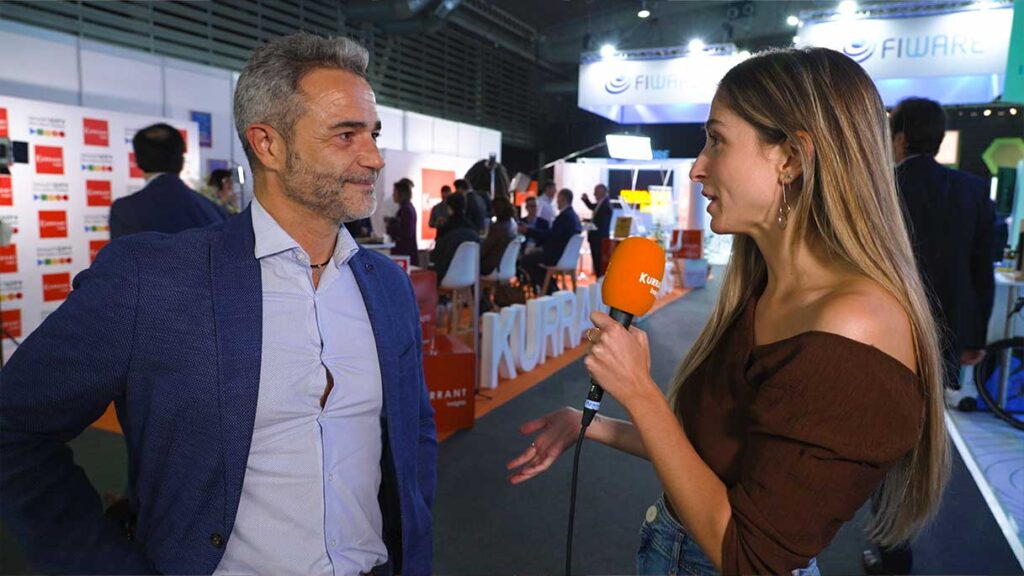
We met Joaquim Alvarez last week at the Smart City Expo World Congress in Barcelona. Joaquim previously participated in shaping Barcelona’s Digital Strategy at the Barcelona City Council and is now Head of Digital Cognitive Master Plan at NEOM (The $500 Billion City Project in #saudiarabia ). We asked him to share his thoughts on this year’s edition.
Are Proprietary Solutions Delaying Smart Cities’ Development?
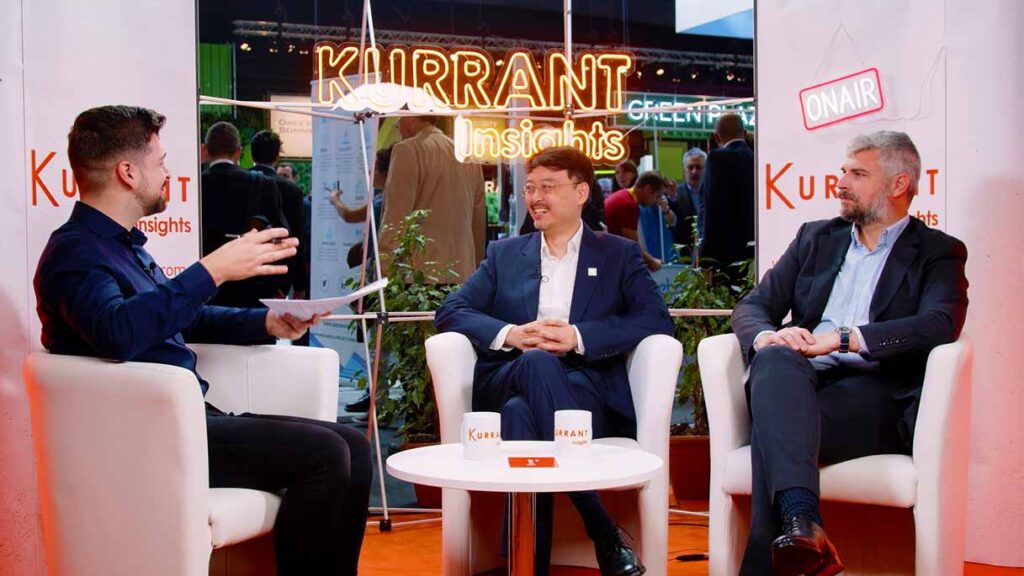
Abdulrahman Ibrahim – Chief data and innovation officer at Al-Madinah Region Development Authority discusses the impact of proprietary solutions with Louis-Frederic Robin – Chairman of the uCIFI Alliance & Head of Cities & Public Lighting at Engie. Madinah City is listed in the IMD Smart City Index 2021 and ranked 2nd smart city in Saudi Arabia following the capital city of Riyadh. The Al-Madinah Region Development Authority, designed, developed, and implemented the Raseel platform through its Smart City Program. It also owns the intellectual property. It is the first smart city platform implemented in Saudi Arabia. Powered by FIWARE, the platform adopts open standards and open data concepts.
Utility Driven Connectivity for Cities: Potentials & Limitations
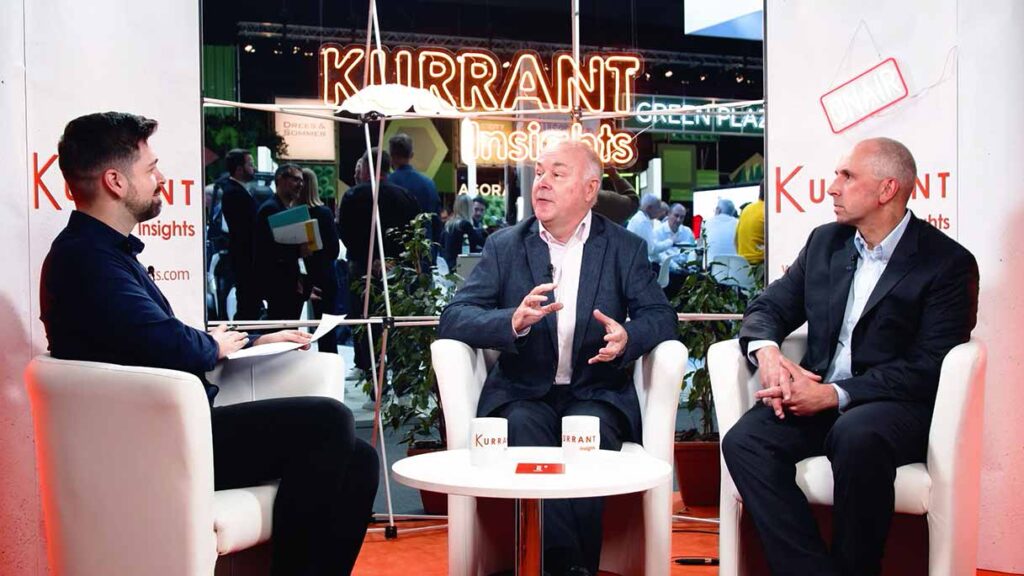
In recent years, we’ve seen traditional telecom operators, LoraWan network operators, and other alternative IoT connectivity providers, such as Sigfox, build nationwide networks before connecting the first IoT device. Both Connexin and Itron have taken a different approach, beginning by deploying networks they operate (LoraWan for Connexin and Wi-Sun Mesh for Itron) in their primary markets (UK for Connexin, US and Australia for Itron) to address specific use cases on specific projects, and then working with their clients to open network access to third parties, based on a revenue-sharing model when possible. In this panel, filmed at the Smart City Expo,we delve deeper into this topic with Jon Collinson, Head of Product Marketing at Connexin, and Dan Evans, Head of Smart Cities at Itron.
What is MaaS and Who Are the Main Stakeholders?
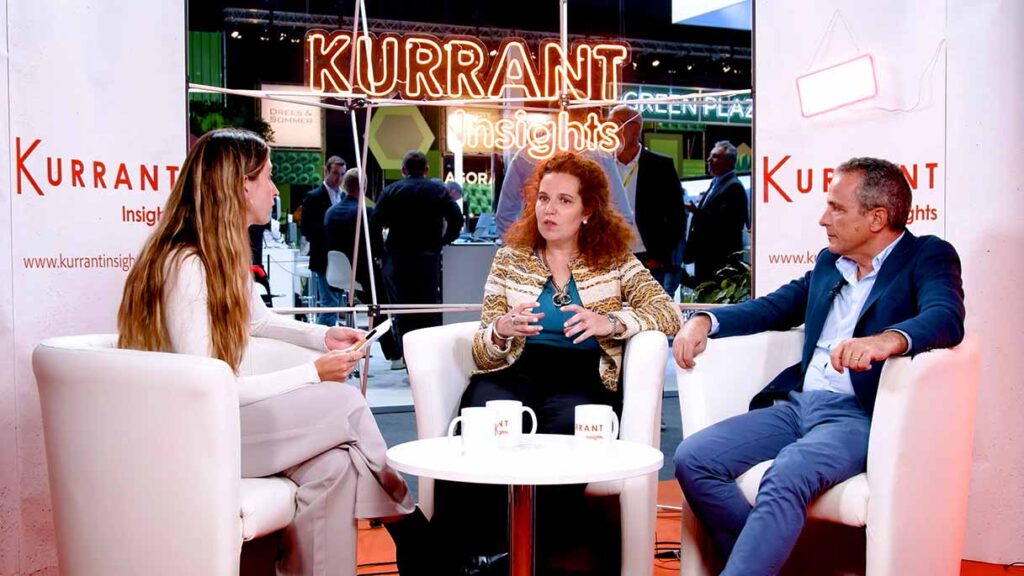
One of the main aspects for smart cities when it comes to smart services and utilities is platforms. invited And mobility is no different. In this Panel that was filmed at the Smart City Expo World Barcelona, we invited Rita Batalha da Sousa, Director of the transport Authority the City of Cascais in Portugal and Paulo Ferreira dos Santos, CEO of Ubirider to talk about Mobility as a Service (MaaS).
What is Smart Prague about?
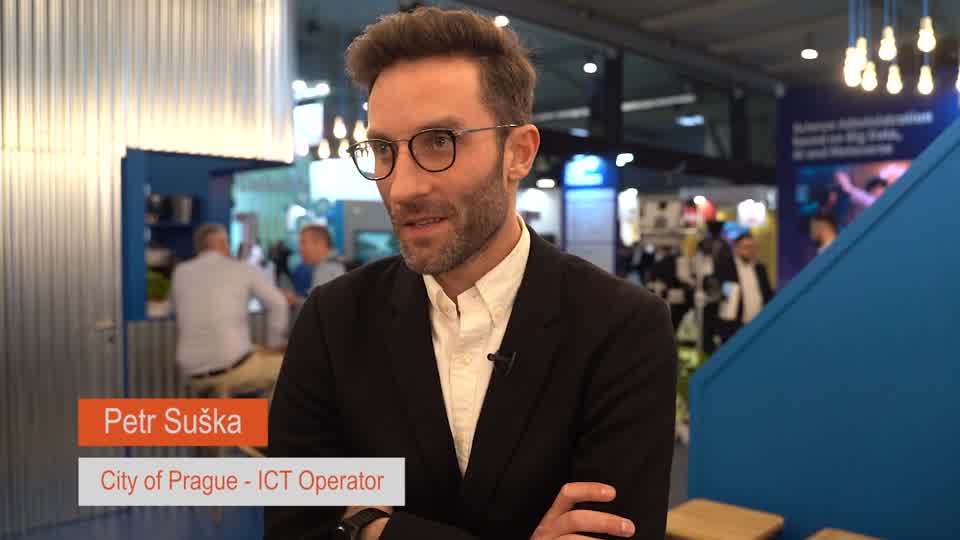
At the Smart City Expo World Congress, we met Petr Suska from Operátor ICT – OICT, the City of Prague Municipal Information and communications technology organisation, and asked him what is Smart Prague about?
Will Computer Vision Kill the Sensor?
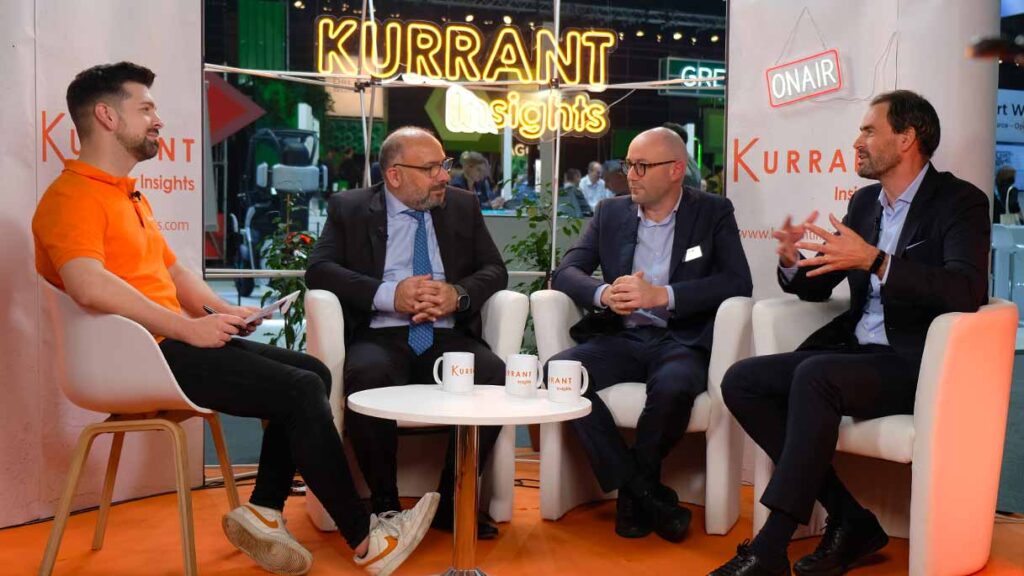
Cities around the world, are turning to computer vision-powered cameras to gather actionable data. Sensors are being phased out in some cases in favor of computer vision-powered solutions. Predictive algorithms can also be enabled by computer vision, allowing cities to anticipate events before they occur. So, will advancements in computer vision technology have an impact on the deployment of millions of sensors, effectively killing IoT sensors, or will we always need more IoT sensors deployed throughout the city because some applications cannot be addressed by computer vision powered cameras? Or are all these technologies meant to work in tandem to improve the performance of smart cities? We discuss this with Charbel Aoun – Smart Cities & Places Director EMEA at Nvidia, Nicolas Keutgen – Chief Innovation Officer at Schreder, and Andrea Sorri – Business Development, Smart City Segment EMEA at Axis Communications.
Is Barcelona a Smart City?
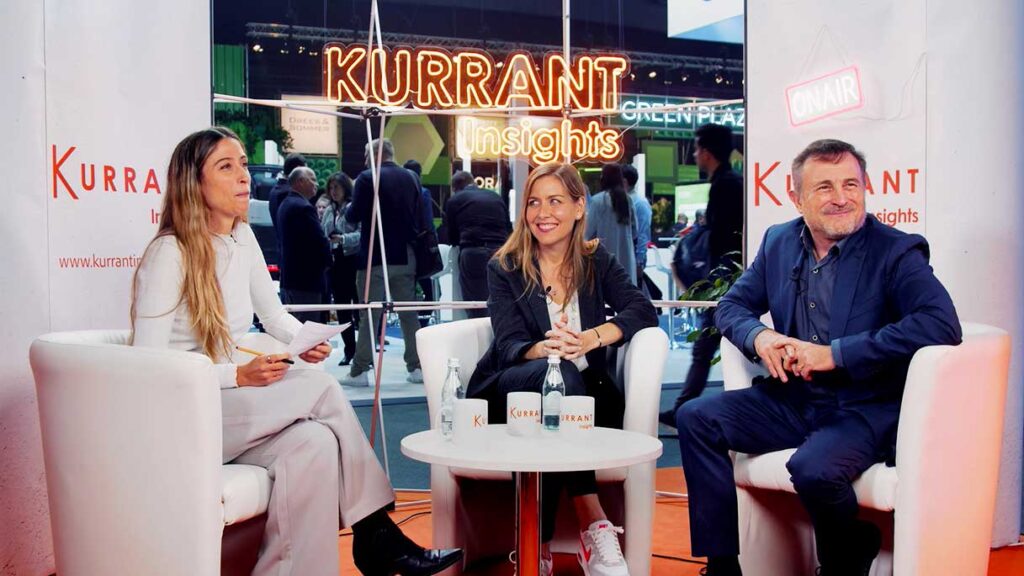
We focused on the Smart City Expo World Congress host city in this panel. Barcelona was one of Europe’s first cities to implement smart city technology. In 2014, it was even named the European Capital of Innovation. However, in recent years, as city authorities have focused on citizen-driven initiatives, the Spanish city appears to have fallen behind. In this Panel: – Maria Galindo Garcia-Delgado, Board Member of the European Commission’s Climate-Neutral and Smart Cities Mission and previously Manager for Smart City Business Development at the City of Barcelona and Director General for Digital Nation and Urban Agenda of the Government of Catalonia. – Esteve Almirall, Associated Professor at Esade in Barcelona and Director of the Center for Innovation in Cities. Esteve is passionate about artificial intelligence and digitalization.
What Can Cities Learn from Mercedes-Benz Data Platform?
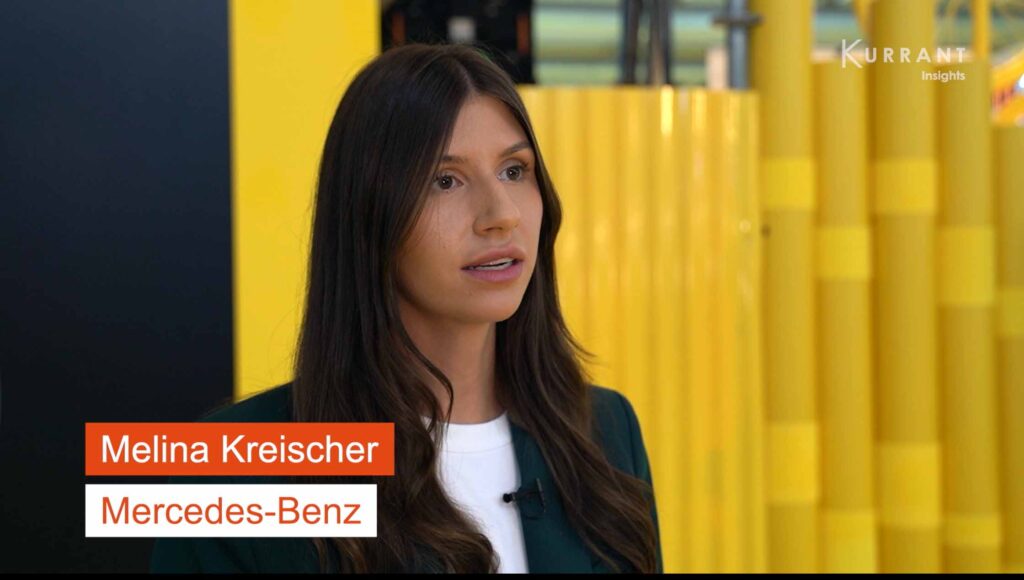
The Mercedes-Benz AG’s Data Dashboard display, process and share (through API) a number of data collected from over 14M connected Mercedes-Benz vehicles in the world. It includes road conditions data, traffic and parking, air quality etc… We spoke with Melina Kreischer, Product Owner Data Driven Mobility and Patrick Blume Product Owner, Data Driven Mobility & Data Business Models at Mercedes-Benz AG.
Zina Cinker, Puzzle X | Welcome to the MATTERverse
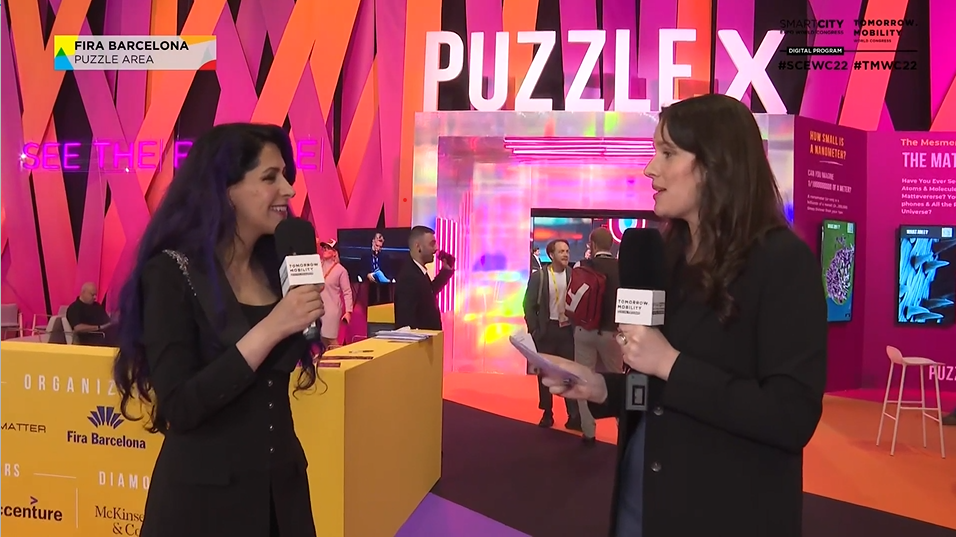
Humankind’s history is punctuated with moments of profound innovation and advancements, but never has so much transformation been seen as in the last hundred years. We now find ourselves in a critical moment; one that requires we once again adapt, innovate, and harness cutting-edge technologies to face new challenges and avoid a climate catastrophe. Here to speak about frontier tech for the future is Dr. Zina Cinker, chief creator of Puzzle X. Running in parallel to the Smart City Expo, Puzzle X is here to bring together world-renowned figures in technology, science, industry, and government to generate synergetic solutions for a sustainable and prosperous future.